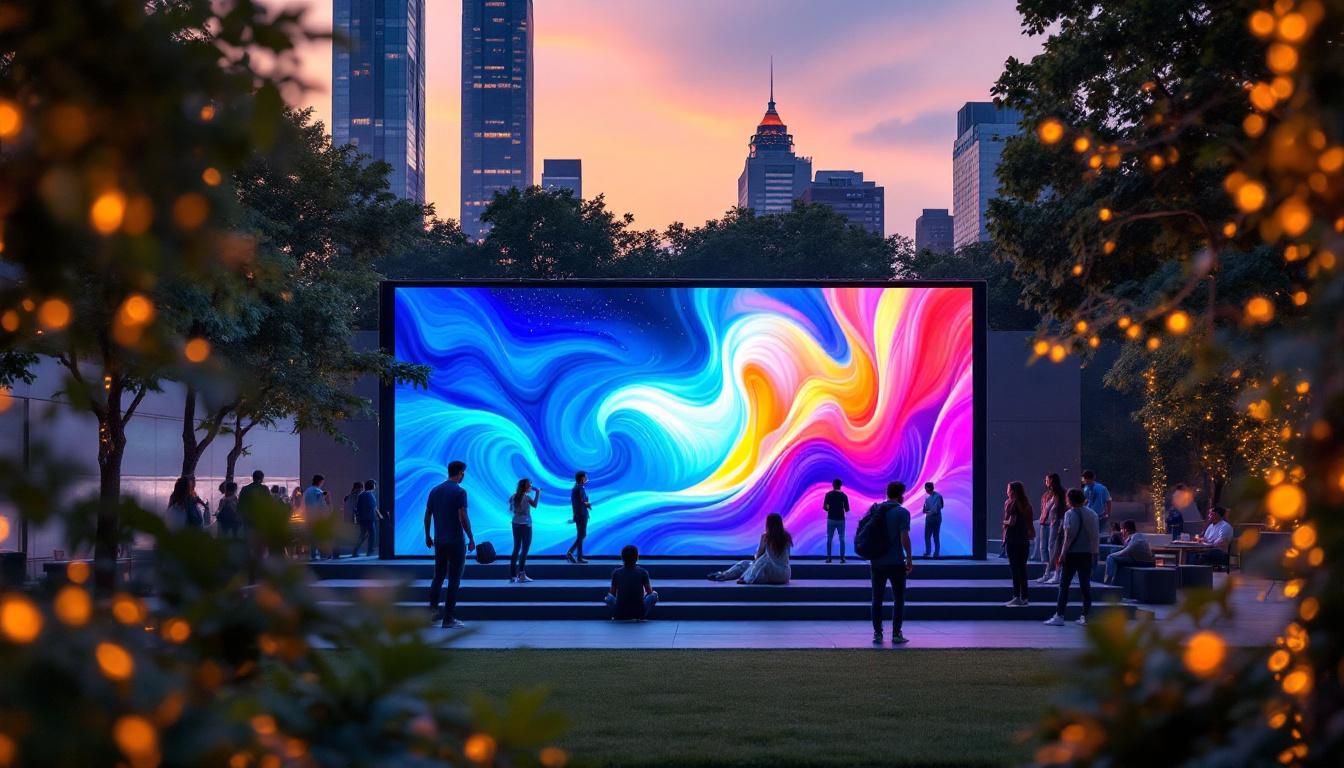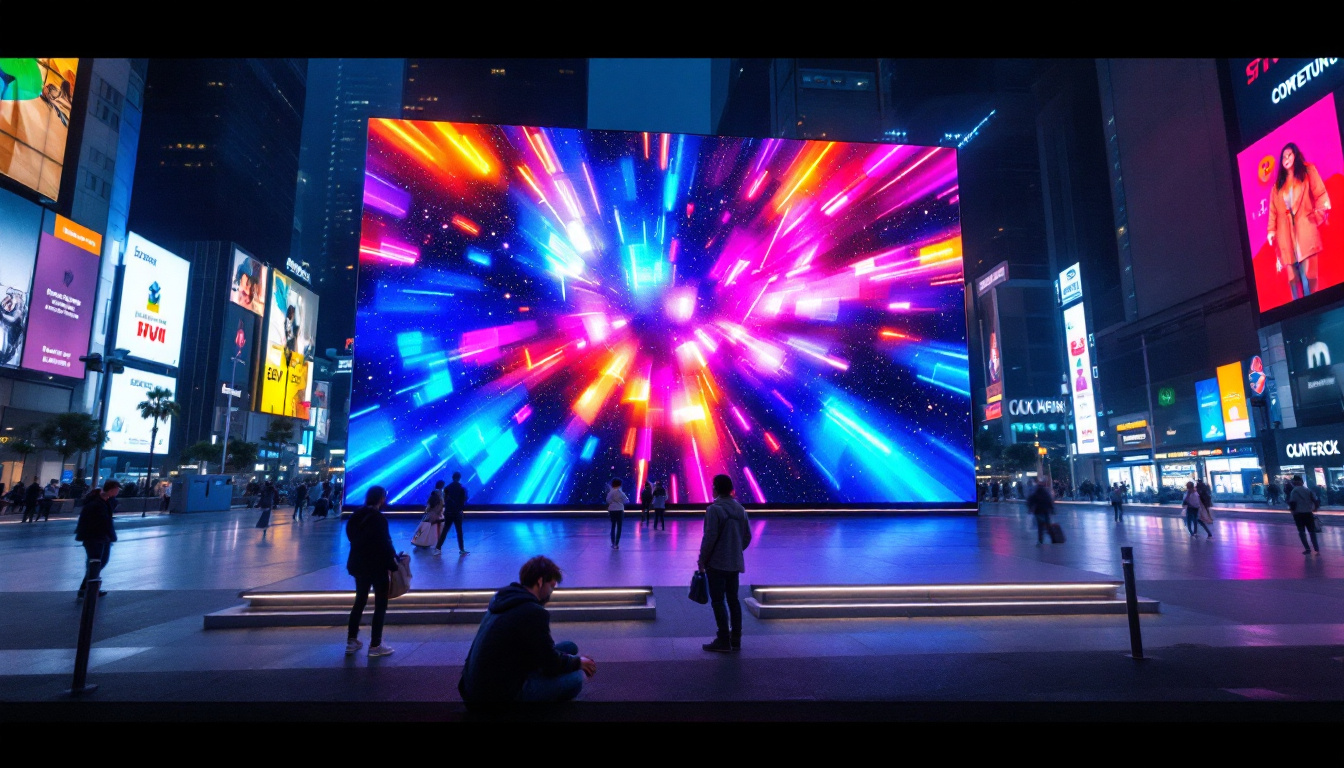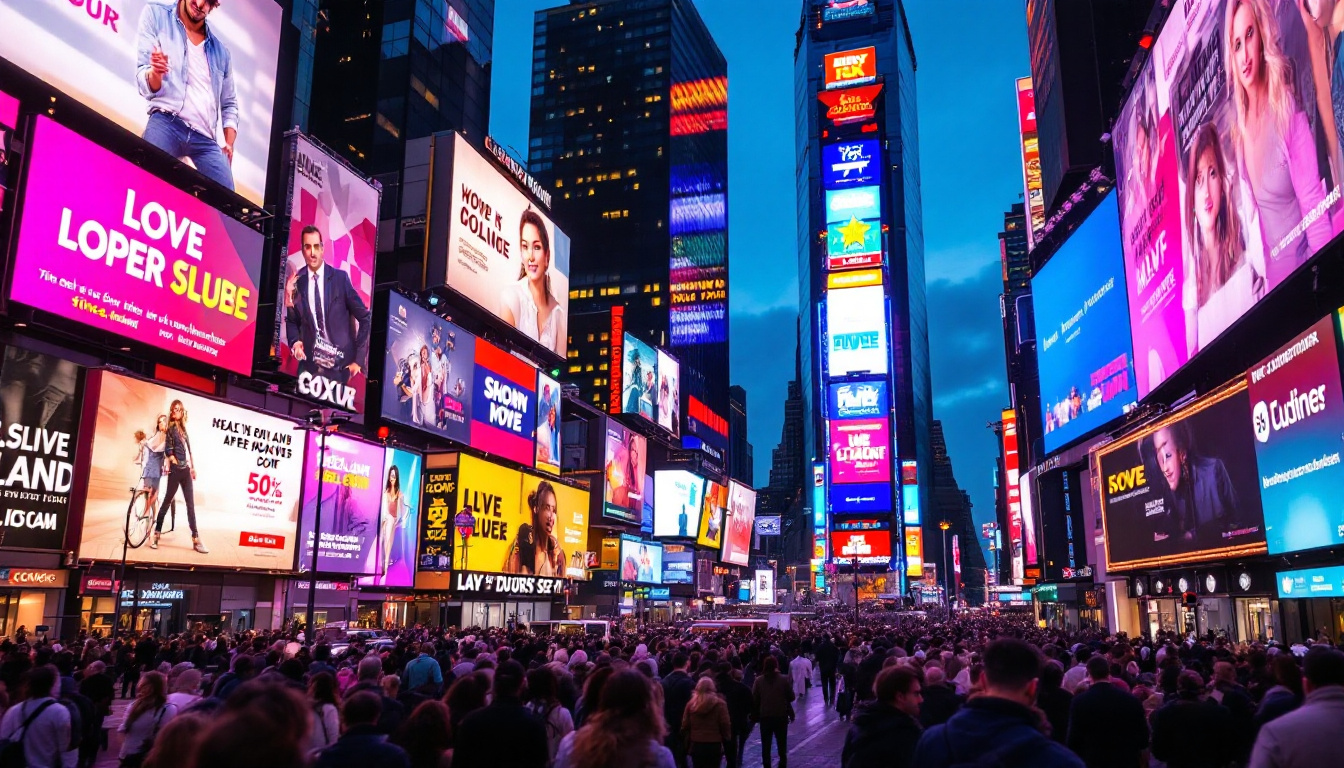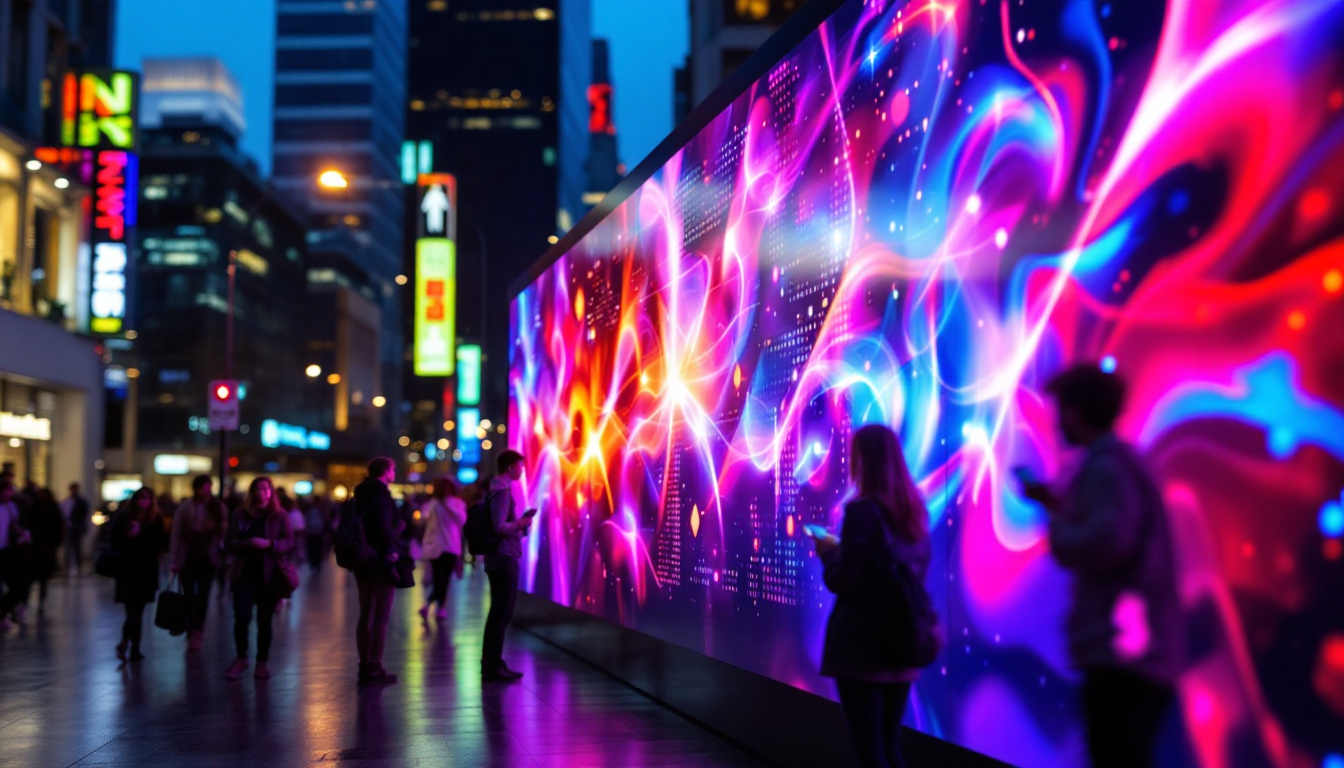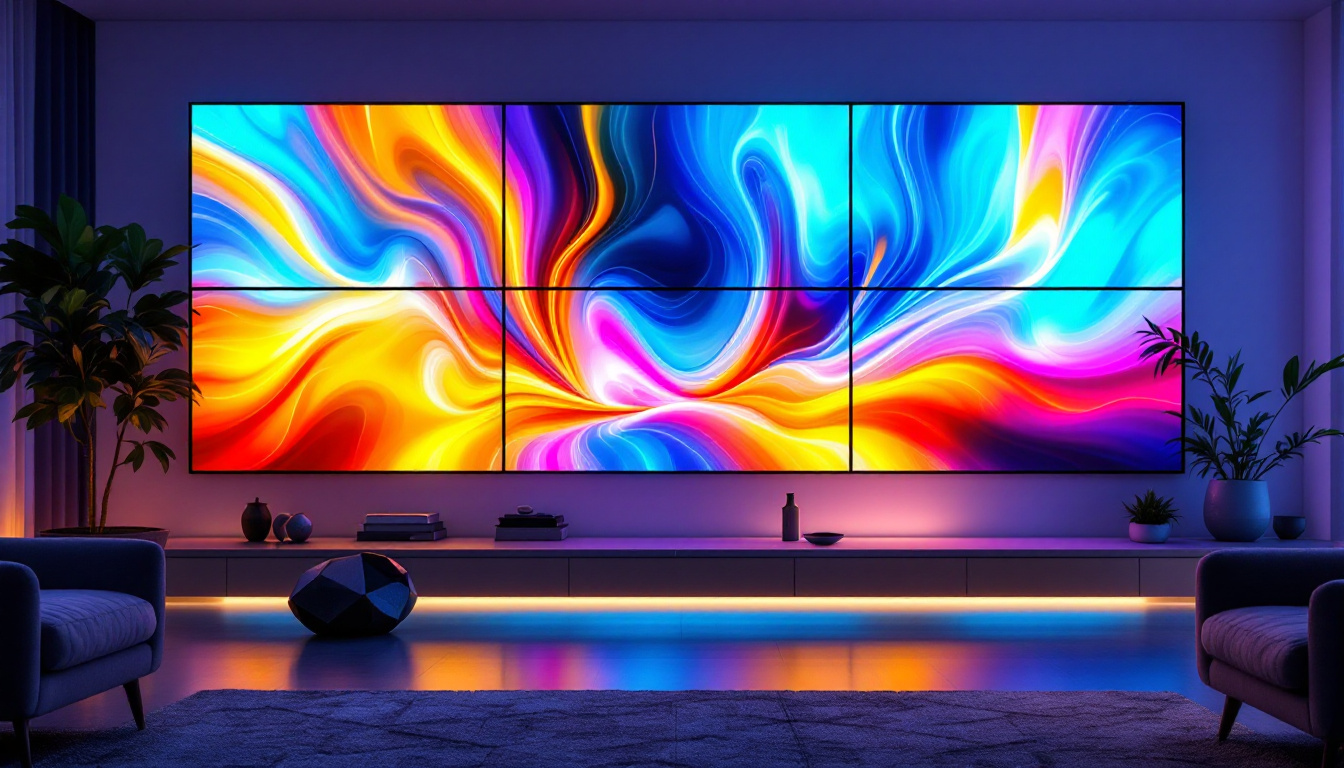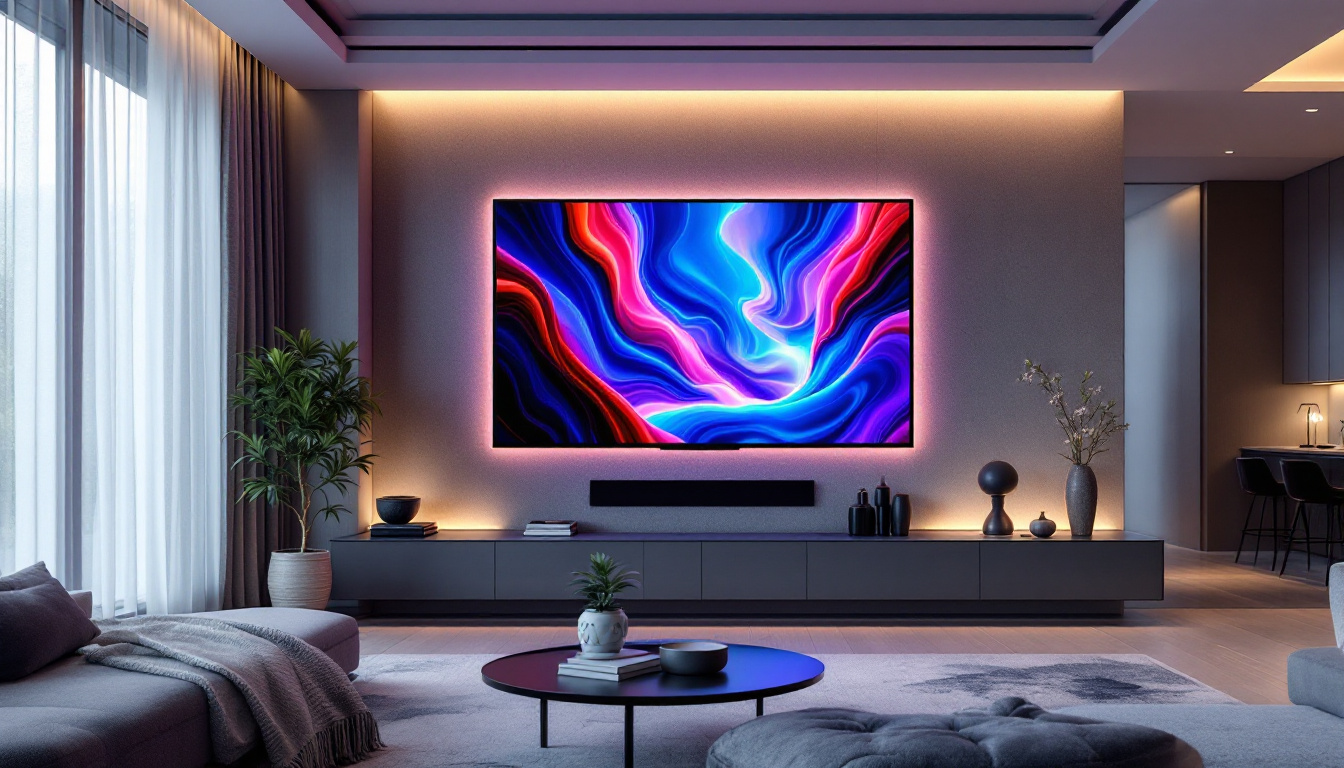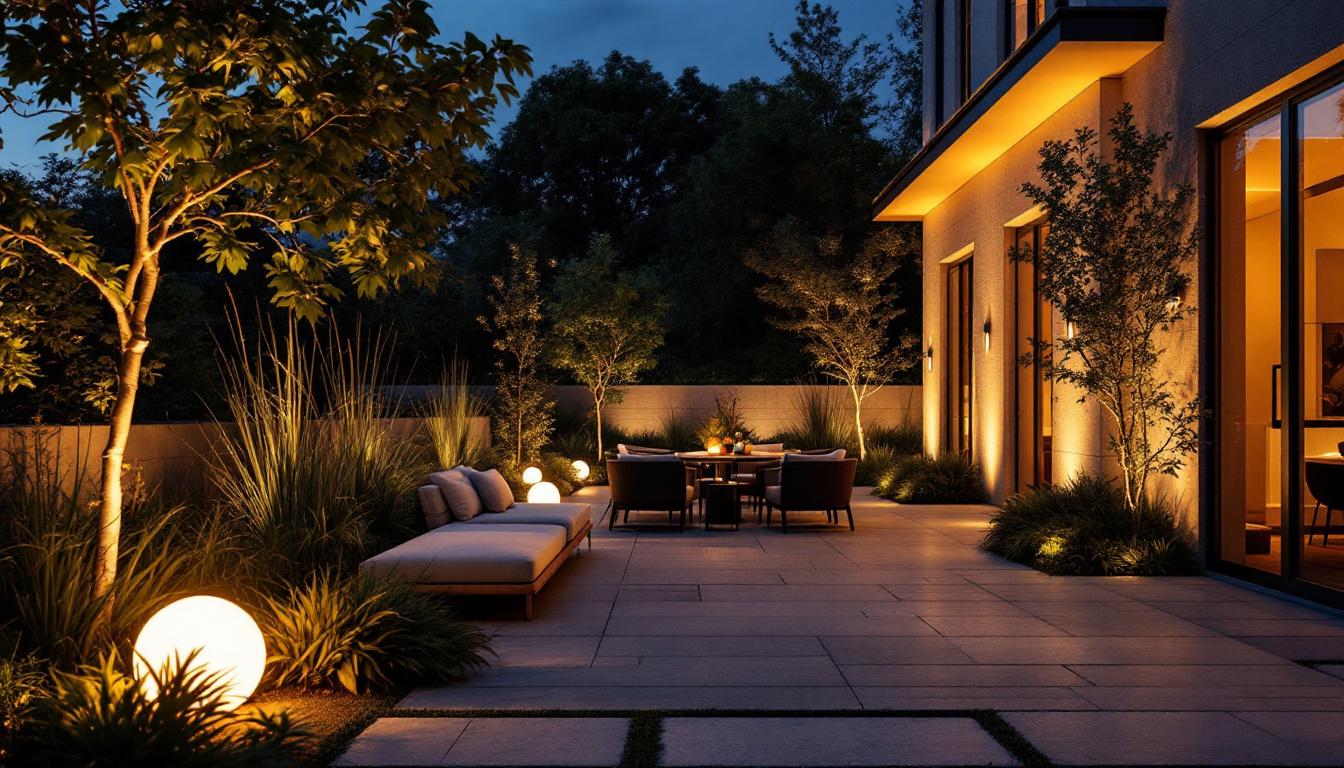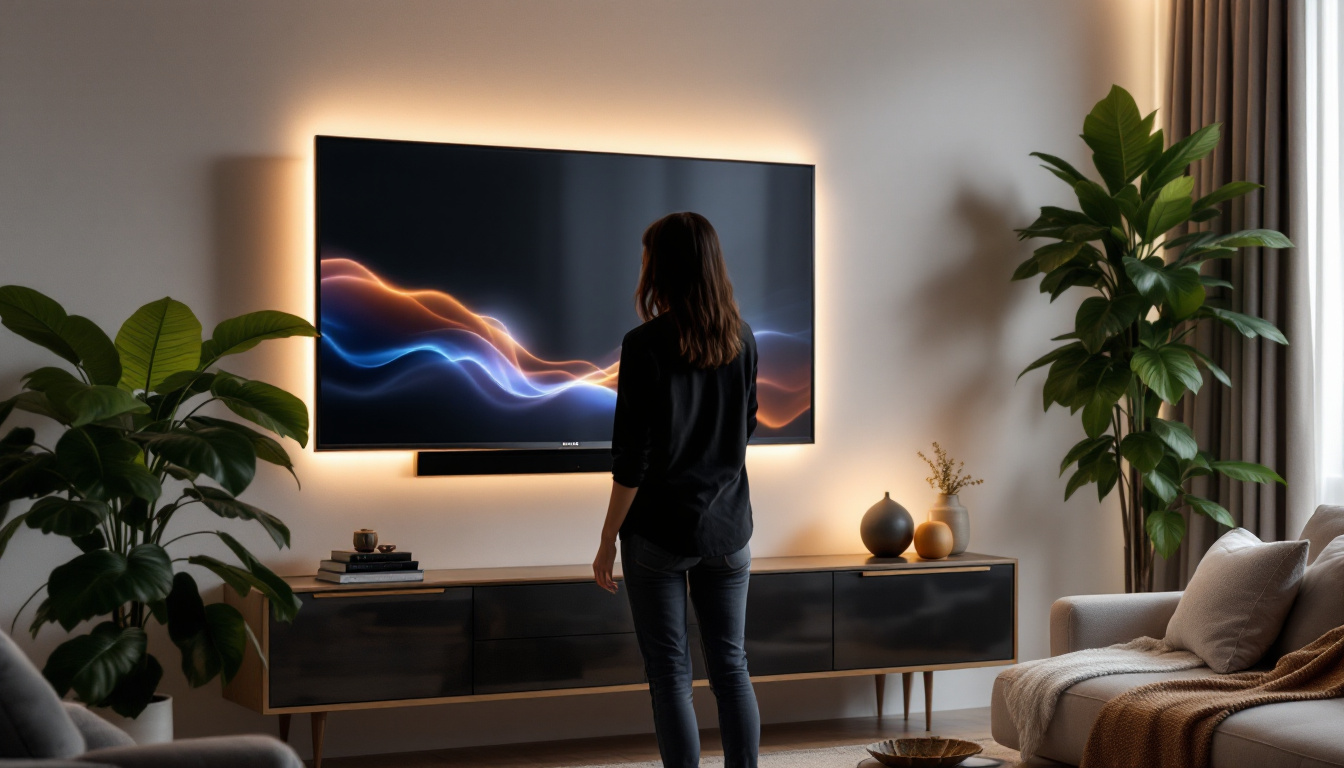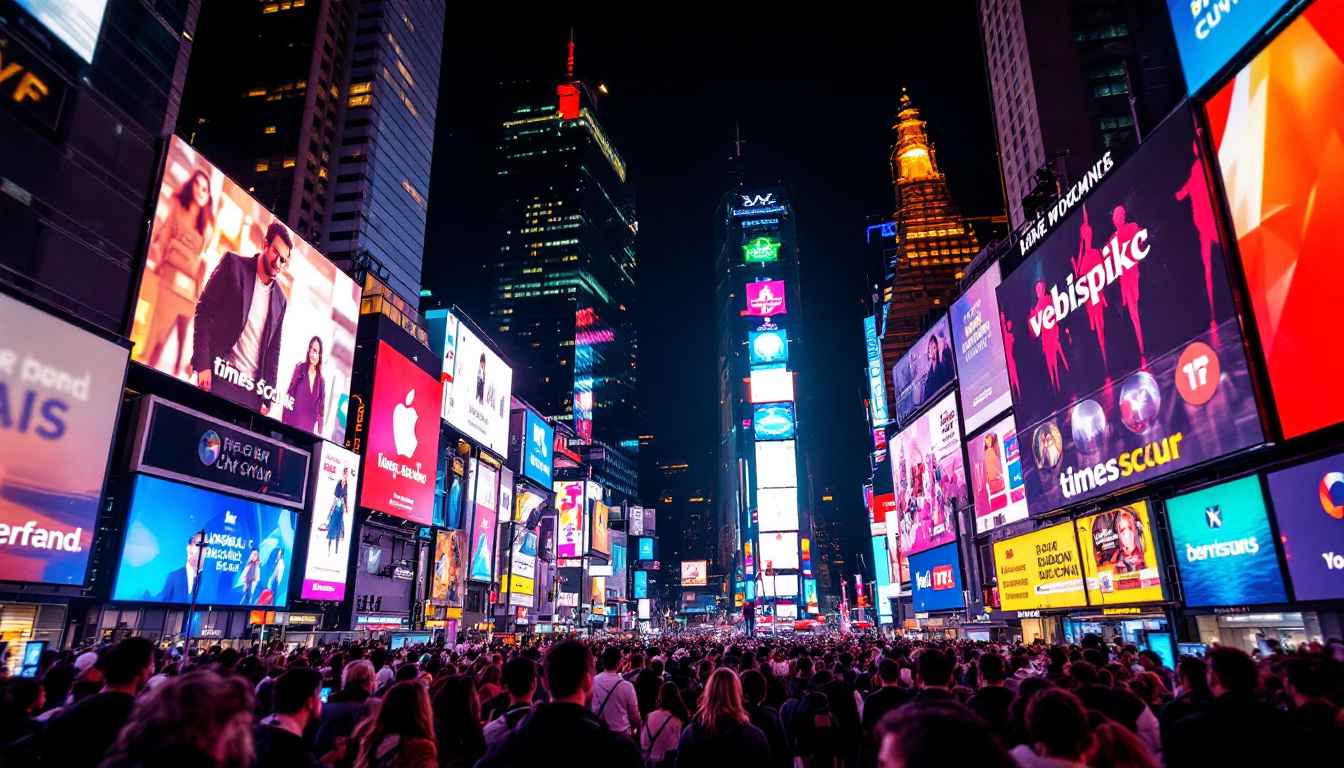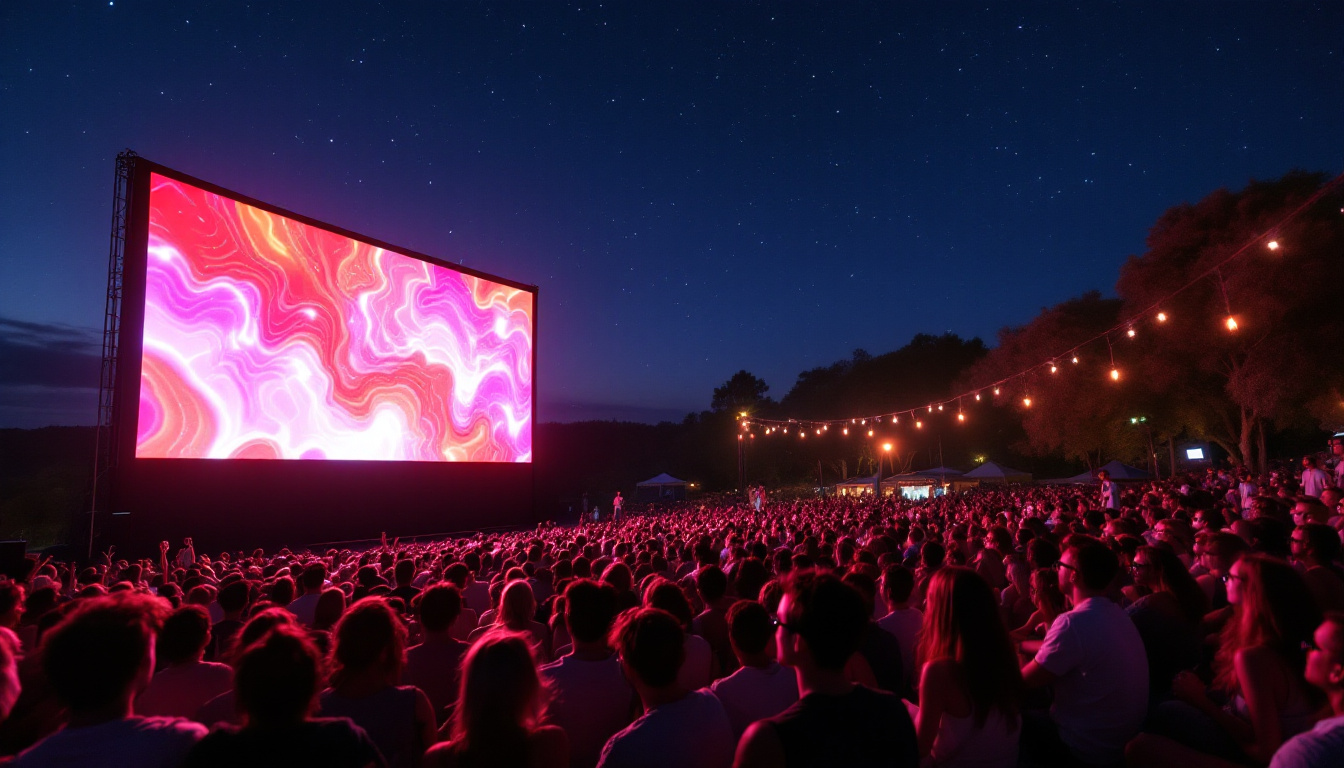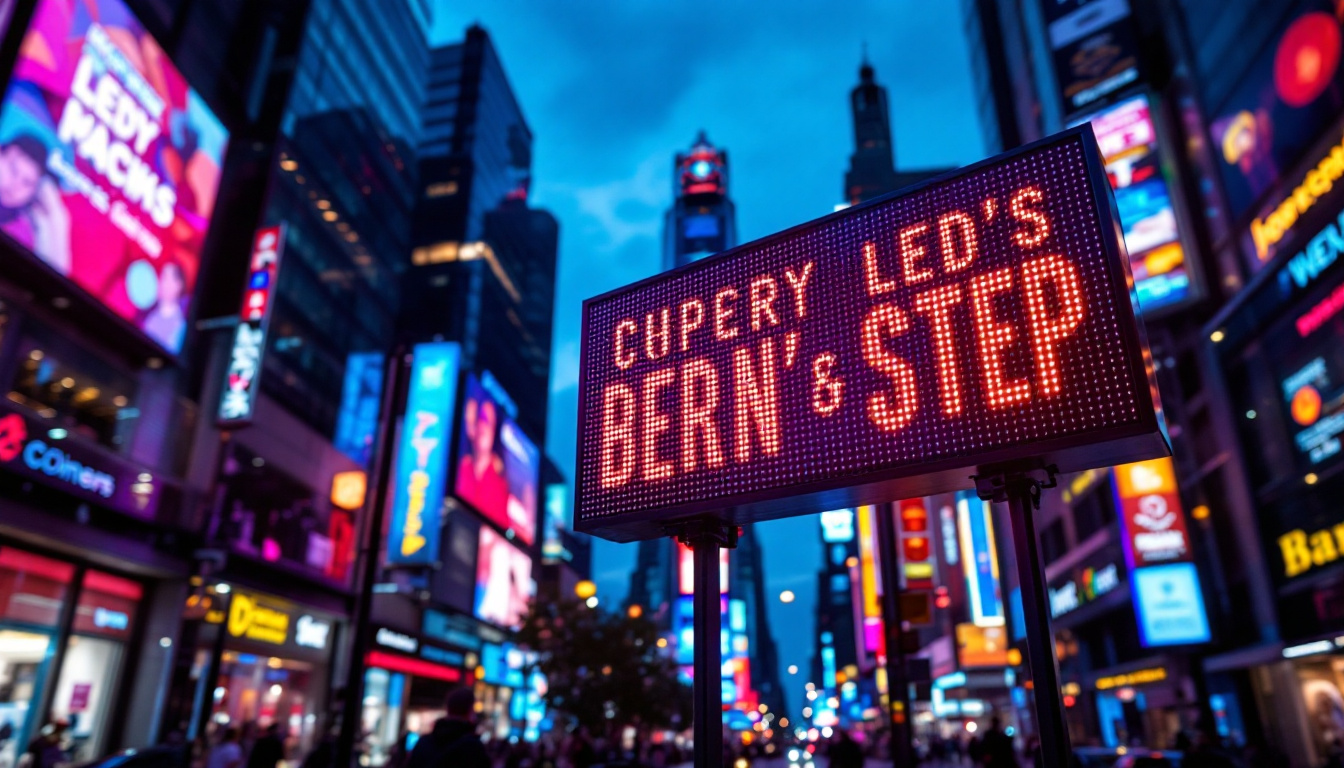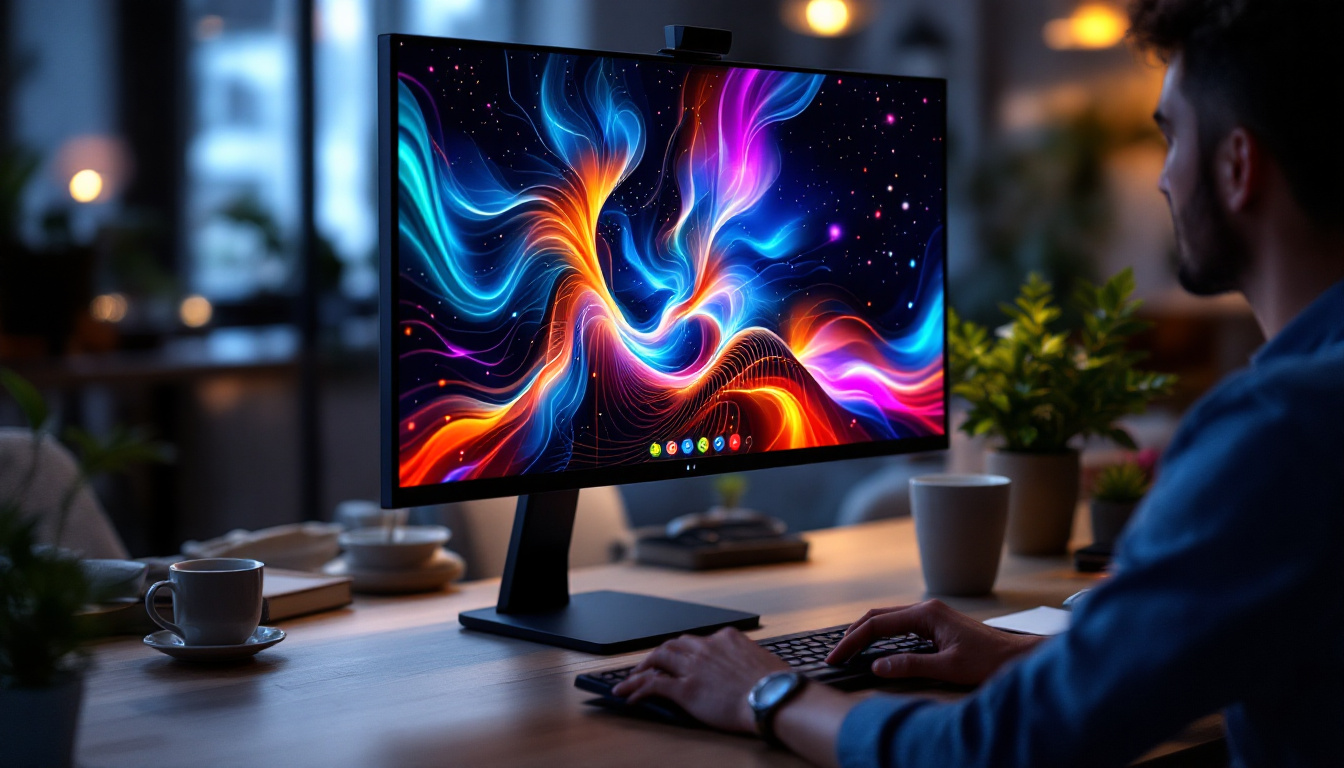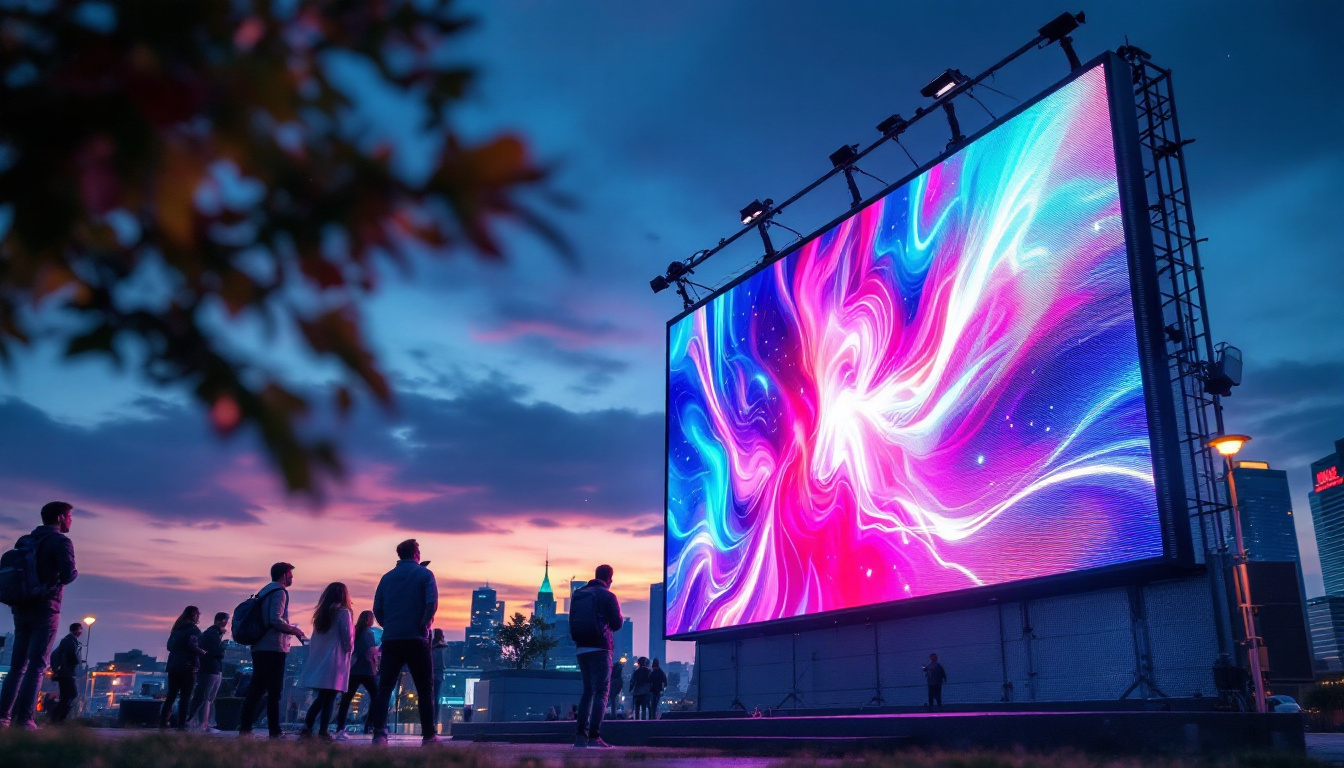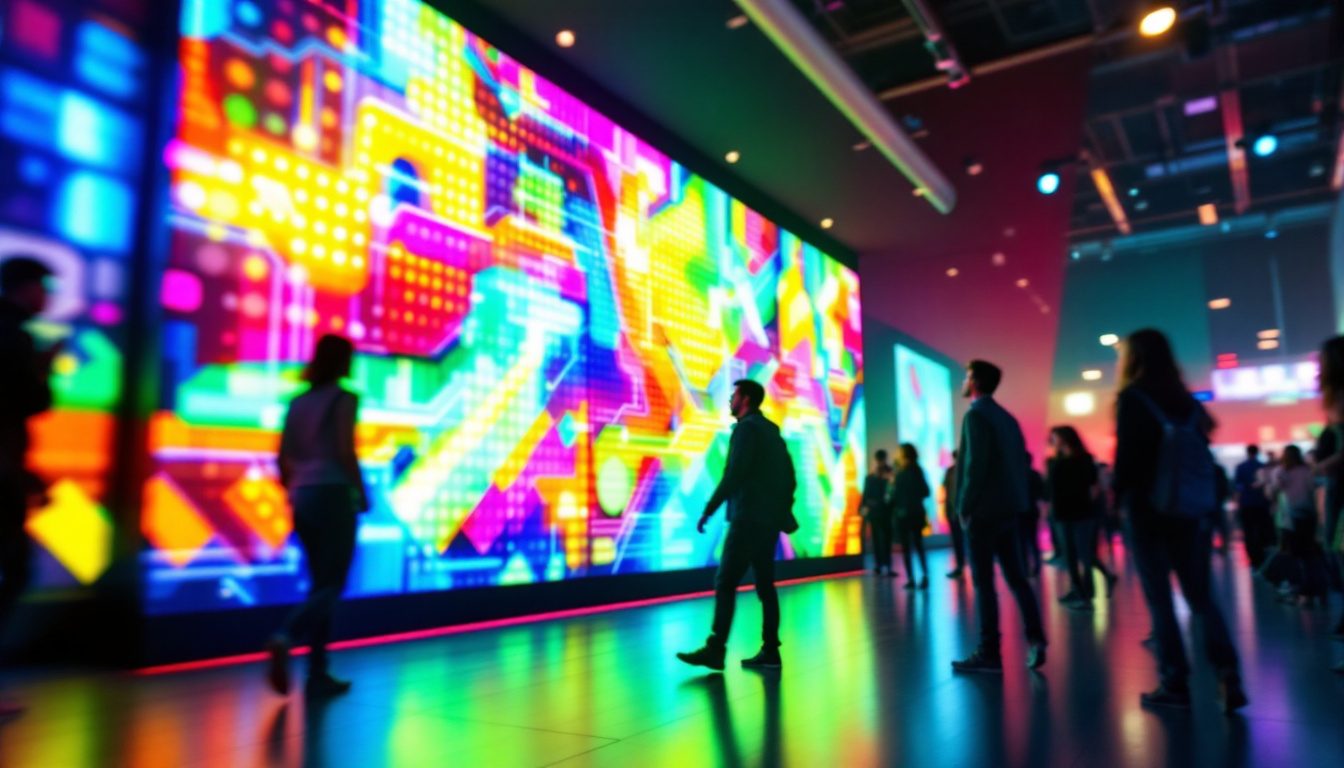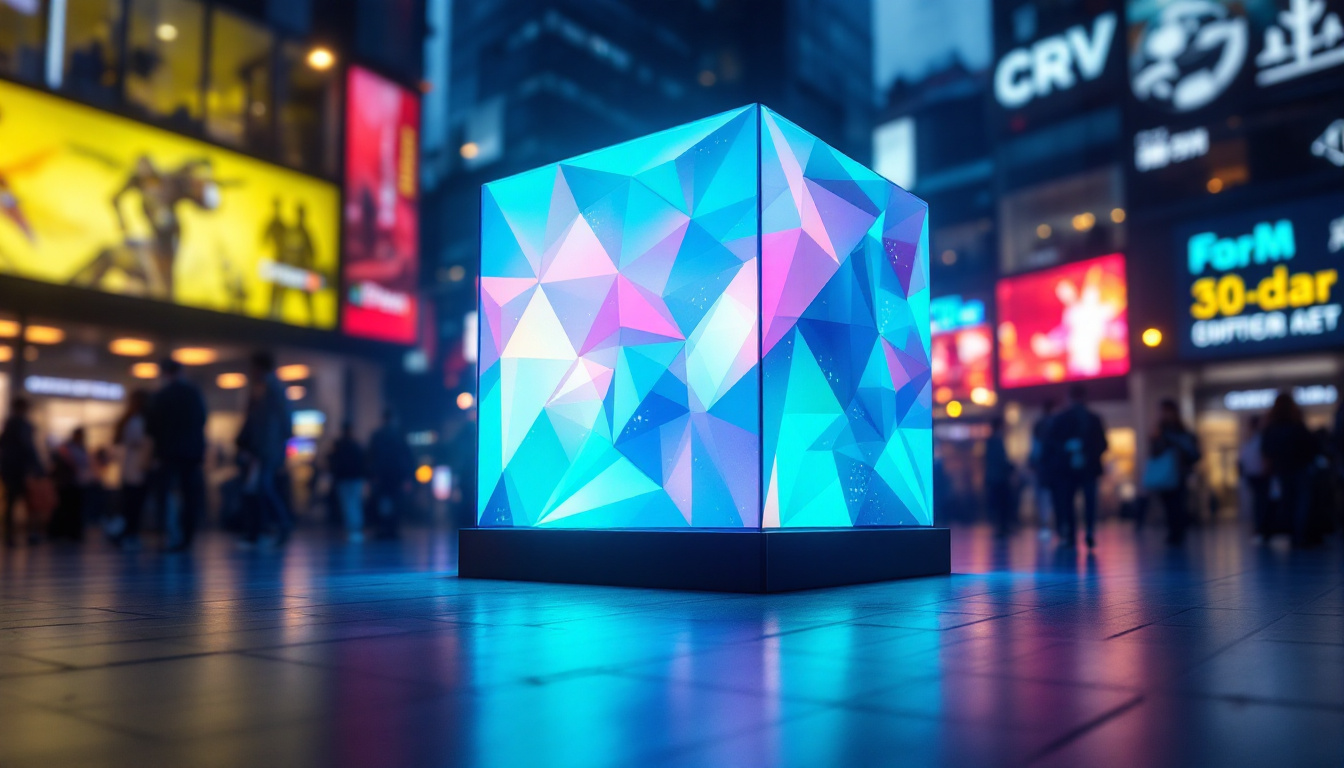In today’s fast-paced world, outdoor advertising and information display have evolved dramatically. LED displays have become a cornerstone of modern outdoor solutions, offering vibrant visuals, durability, and adaptability across various industries. From bustling city centers to remote event locations, LED technology is reshaping how businesses and organizations communicate with their audiences.
This article delves into the essentials of LED displays for outdoor use, exploring their technology, benefits, applications, and key considerations for selecting the right solution. Whether you are a business owner, event organizer, or urban planner, understanding LED displays can help you make informed decisions that maximize impact and return on investment.
Understanding LED Display Technology
What is an LED Display?
LED stands for Light Emitting Diode, a semiconductor device that emits light when an electric current passes through it. An LED display is composed of numerous tiny LEDs arranged in a matrix to form images, text, or videos. Outdoor LED displays use these diodes to produce bright, colorful visuals that remain visible even under direct sunlight.
Unlike traditional LCD or projection screens, LED displays are self-illuminating, meaning each diode emits its own light. This characteristic results in higher brightness levels and better contrast, which are critical for outdoor visibility. The modular design of LED panels allows for scalable screen sizes, from small signage to massive billboards. Additionally, the energy efficiency of LED technology contributes to lower operational costs, making it an environmentally friendly choice for businesses looking to reduce their carbon footprint. The longevity of LED displays, often lasting up to 100,000 hours, further enhances their appeal, providing a long-term solution for dynamic advertising and information dissemination.
Types of Outdoor LED Displays
Outdoor LED displays come in various configurations, each suited to different applications and environments:
- Fixed Outdoor LED Displays: These are permanently installed on building facades, stadiums, or transit hubs. They offer high durability and weather resistance.
- Rental LED Displays: Designed for temporary setups such as concerts, festivals, or trade shows, these displays are portable and easy to assemble.
- Transparent LED Displays: These innovative screens allow light to pass through, making them ideal for storefront windows without obstructing views.
- Curved and Flexible LED Displays: These can be shaped to fit architectural features or creative designs, enhancing visual appeal.
In addition to these types, there are also specialized outdoor LED displays that cater to specific needs. For instance, high-resolution displays are designed for close viewing distances, providing sharp images and text that are crucial for events where detail matters. On the other hand, low-resolution displays are often used for large-scale advertising where the audience views the content from a distance, allowing for a more cost-effective solution without sacrificing visibility. Furthermore, advancements in technology have led to the development of smart LED displays that integrate with mobile devices and social media platforms, enabling real-time content updates and interactive experiences that engage viewers like never before.
Advantages of Outdoor LED Displays
Superior Visibility and Brightness
One of the most significant advantages of LED technology is its exceptional brightness. Outdoor LED displays can reach brightness levels exceeding 5,000 nits, ensuring clear visibility even in direct sunlight. This is vital for locations like highways, city squares, and sports arenas where ambient light conditions vary widely. The high luminance levels enable these displays to stand out in crowded environments, making them an effective tool for advertising and information dissemination.
Moreover, LEDs provide excellent color accuracy and contrast ratios, delivering vibrant images that capture attention. The ability to adjust brightness dynamically based on ambient light also helps reduce energy consumption and prolong display lifespan. This adaptability not only enhances the viewer’s experience but also allows for a more engaging interaction with the content being displayed, whether it’s an advertisement, public service announcement, or live event coverage.
Durability and Weather Resistance
Outdoor LED displays are engineered to withstand harsh environmental conditions. They typically feature IP65 or higher ratings, indicating protection against dust, rain, and extreme temperatures. This robustness ensures uninterrupted operation in diverse climates, from scorching deserts to freezing winters. The materials used in these displays are often treated with anti-corrosive coatings, further extending their lifespan and maintaining their aesthetic appeal over time.
Additionally, LED modules are resistant to shock and vibration, making them suitable for high-traffic areas and mobile applications. The long operational life of LEDs—often exceeding 100,000 hours—translates to lower maintenance costs and fewer replacements. This durability not only benefits the owners but also contributes to a more sustainable environment by reducing electronic waste. As a result, businesses and municipalities can invest in LED technology with confidence, knowing that they are making a long-term, reliable choice.
Energy Efficiency and Cost-Effectiveness
Compared to traditional lighting and display technologies, LEDs consume significantly less power. This energy efficiency not only reduces operational costs but also aligns with growing sustainability goals. Many municipalities and businesses prioritize eco-friendly solutions, making LED displays a preferred choice. The lower energy consumption translates into a smaller carbon footprint, which is increasingly important in today’s environmentally conscious society.
While the initial investment in LED technology can be higher than alternatives, the total cost of ownership tends to be lower due to reduced energy bills, minimal maintenance, and extended service life. Furthermore, the ability to update content remotely eliminates printing and installation expenses associated with static signage. This flexibility allows businesses to respond quickly to market changes or promotional opportunities, ensuring that their messaging remains relevant and impactful. As a result, outdoor LED displays not only serve as a powerful communication tool but also as a strategic asset for any organization looking to enhance its visibility and engagement with the public.
Applications of Outdoor LED Displays
Advertising and Digital Billboards
Outdoor LED displays have revolutionized advertising by enabling dynamic, eye-catching content that can be updated in real-time. Digital billboards equipped with LED technology offer advertisers the flexibility to tailor messages based on time of day, audience demographics, or special events.
According to recent industry reports, digital out-of-home (DOOH) advertising is projected to grow at a compound annual growth rate (CAGR) of over 10% through 2027, driven largely by LED display adoption. This trend underscores the effectiveness of LED screens in capturing consumer attention and delivering measurable engagement.
Public Information and Transportation
Municipalities and transit authorities widely use outdoor LED displays to provide real-time information such as weather updates, traffic alerts, and public safety messages. These displays enhance communication efficiency and improve public awareness during emergencies.
For example, LED screens installed at bus stops and train stations can display arrival times, service changes, and promotional content, improving passenger experience and operational transparency.
Sports and Entertainment Venues
Stadiums and arenas leverage large-scale LED displays to enrich the spectator experience. High-definition video walls show live game footage, replays, and interactive content, creating immersive environments that engage fans.
Additionally, outdoor concerts and festivals utilize rental LED displays to broadcast performances to large audiences, ensuring visibility from various vantage points. The portability and quick setup of rental LED solutions make them indispensable for event organizers.
Key Considerations When Choosing Outdoor LED Displays
Pixel Pitch and Resolution
Pixel pitch refers to the distance between the centers of two adjacent LEDs and is a critical factor influencing image clarity. Smaller pixel pitches yield higher resolution and finer detail, which is essential for displays viewed at close range.
For outdoor applications, pixel pitches typically range from 4mm to 20mm or more. Choosing the right pixel pitch depends on viewing distance and content type. For instance, a billboard visible from a highway may require a larger pixel pitch, while a storefront display benefits from finer resolution.
Brightness and Contrast Ratios
Ensuring adequate brightness is paramount for outdoor visibility. Displays should offer adjustable brightness controls to adapt to changing light conditions and minimize glare. High contrast ratios contribute to better image depth and readability, especially for text-heavy content.
Durability and Environmental Ratings
Verify the IP rating and build quality of the LED display to ensure it can withstand local weather conditions. Consider factors such as waterproofing, dust resistance, and temperature tolerance. Additionally, check for certifications related to safety and electromagnetic compatibility.
Installation and Maintenance
Evaluate the installation requirements, including mounting options, power supply, and data connectivity. Modular designs facilitate easier repairs and upgrades. Regular maintenance protocols should be established to clean the display surface and inspect electronic components, prolonging operational life.
Content Management Systems (CMS)
A robust CMS enables seamless content updates, scheduling, and remote control. Look for platforms that support various media formats, offer user-friendly interfaces, and provide analytics to measure audience engagement. Integration with other digital marketing tools can enhance campaign effectiveness.
The Future of Outdoor LED Displays
Advancements in LED Technology
Emerging innovations such as MicroLED and MiniLED promise even higher brightness, improved energy efficiency, and thinner form factors. These developments will expand the possibilities for outdoor displays, including transparent and flexible screens that blend seamlessly with architectural designs.
Integration with Smart City Infrastructure
Outdoor LED displays are increasingly becoming part of smart city ecosystems. Connected screens can interact with sensors, IoT devices, and mobile applications to deliver personalized content and real-time updates. This integration supports urban mobility, public safety, and environmental monitoring initiatives.
Sustainability and Circular Economy
Manufacturers are focusing on eco-friendly materials and recycling programs to reduce the environmental impact of LED displays. Energy-efficient designs combined with renewable power sources contribute to greener outdoor advertising solutions.
Conclusion
Outdoor LED displays represent a versatile and powerful tool for communication in public spaces. Their superior brightness, durability, and adaptability make them ideal for advertising, public information, entertainment, and beyond. By understanding the technology and key considerations, stakeholders can select solutions that deliver maximum impact and long-term value.
As LED technology continues to advance and integrate with smart infrastructure, the potential for innovative outdoor solutions will only grow. Embracing these developments today can position businesses and communities at the forefront of effective, engaging, and sustainable outdoor communication.
Illuminate Your Space with LumenMatrix
Ready to elevate your outdoor communication with unparalleled brightness, durability, and efficiency? LumenMatrix is at the forefront of LED display innovation, offering a comprehensive range of solutions tailored to your needs. From Outdoor LED Wall Displays to Custom LED Displays, our mission is to transform your visual storytelling. Don’t miss the opportunity to captivate your audience and amplify your message. Check out LumenMatrix LED Display Solutions today and step into the future of vibrant and sustainable digital signage.

